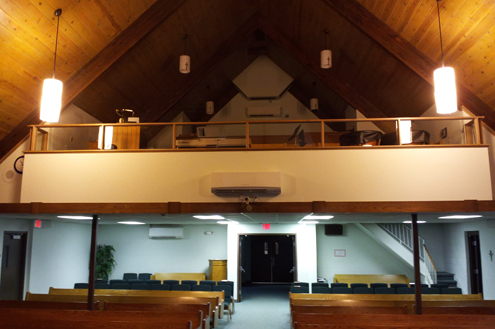
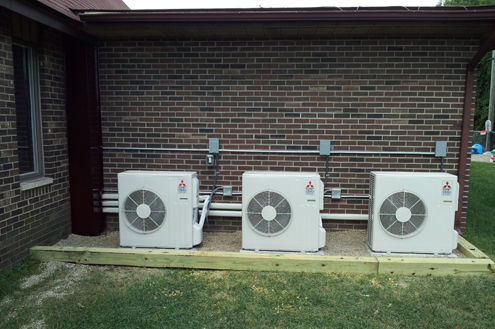
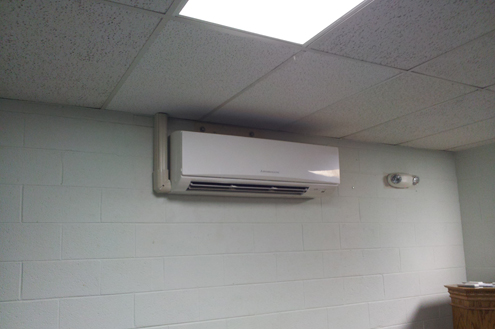


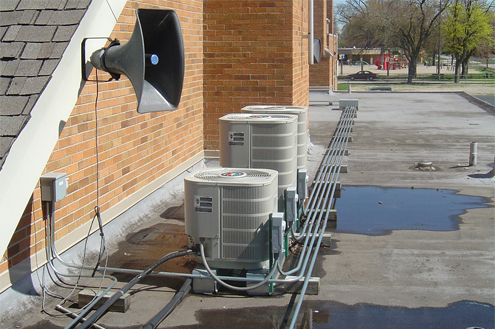



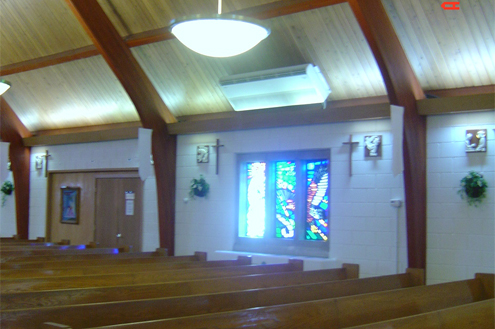

What are the different types of ductless split systems?
There are a few types of ductless split systems. The most common type of ductless split system is a cooling-only, one indoor unit and one outdoor unit system. These systems function just like a typical residential air conditioning system. The outdoor unit transfers heat from the refrigerant to the air, and the indoor unit transfers heat from the air to the refrigerant.
The second most common form of ductless split system is probably a one indoor unit and one outdoor unit, heat pump system. This system can not only function to cool a structure, but can also heat a structure by reversing it's function. The controls and components on a heat pump system versus a cooling only system are only a little more complicated, and the refrigerant flow is changed by means of a "reversing valve".
The third most common type of ductless split system is the multiple head cooling only system. Because most ductless split systems are built with advanced inverter technology, which allows the outdoor unit to operate at reduced capacity, multiple heads can be installed on one outdoor unit. These systems are desirable because they reduce the total equipment costs of projects if multiple heads are required due to even air distribution considerations, or zoning considerations.
And you probably guessed it, the fourth most common type of ductless split system is the multiple head, heat pump system. This system functions by utilizing one outdoor unit and multiple indoor units that are capable of either heating or cooling.
I'm not exactly sure where this type of split system ranks as far as it's commonality, but it's probably #5. What we will call the most common type of split system is a multiple head heat pump system that is able to transfer heat not only to and from the outside, but also to and from individual zones within a structure. This type of system is especially useful in areas like server rooms and research and development facilities, where certain areas produce large amounts of heat, and other areas produce very little heat. For example, in the winter time, most areas of a building may need heating, while certain areas, like server rooms (which produce large amounts of heat) may actually need to be cooled. This type of system is able to remove heat from the server room and transfer that heat to the areas that need it. Obviously, it is much more efficient to remove heat from air that is 70 degrees, rather than air that is 20 degrees. Mitsubishi Electric offers a system, as described in this paragraph, which is called a City Multi System. Johnson Heating and Cooling, LLC is one of a very few mechanical contracting companies that has been trained and is certified to install City Multi Systems in Michigan.
E-mail: JHC@cooljohnson.com